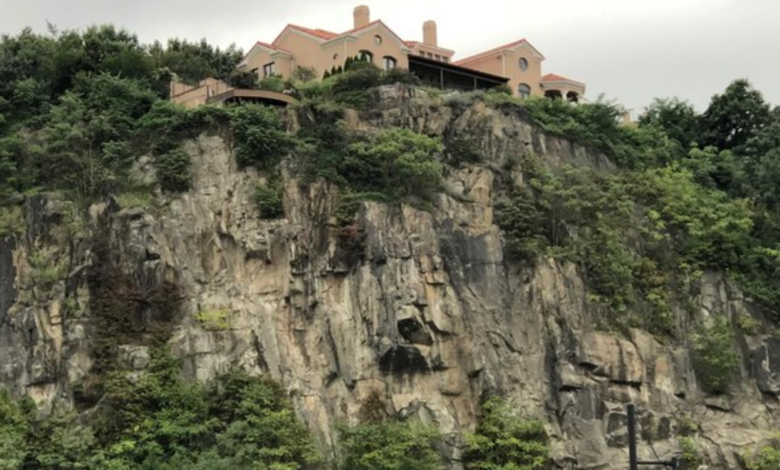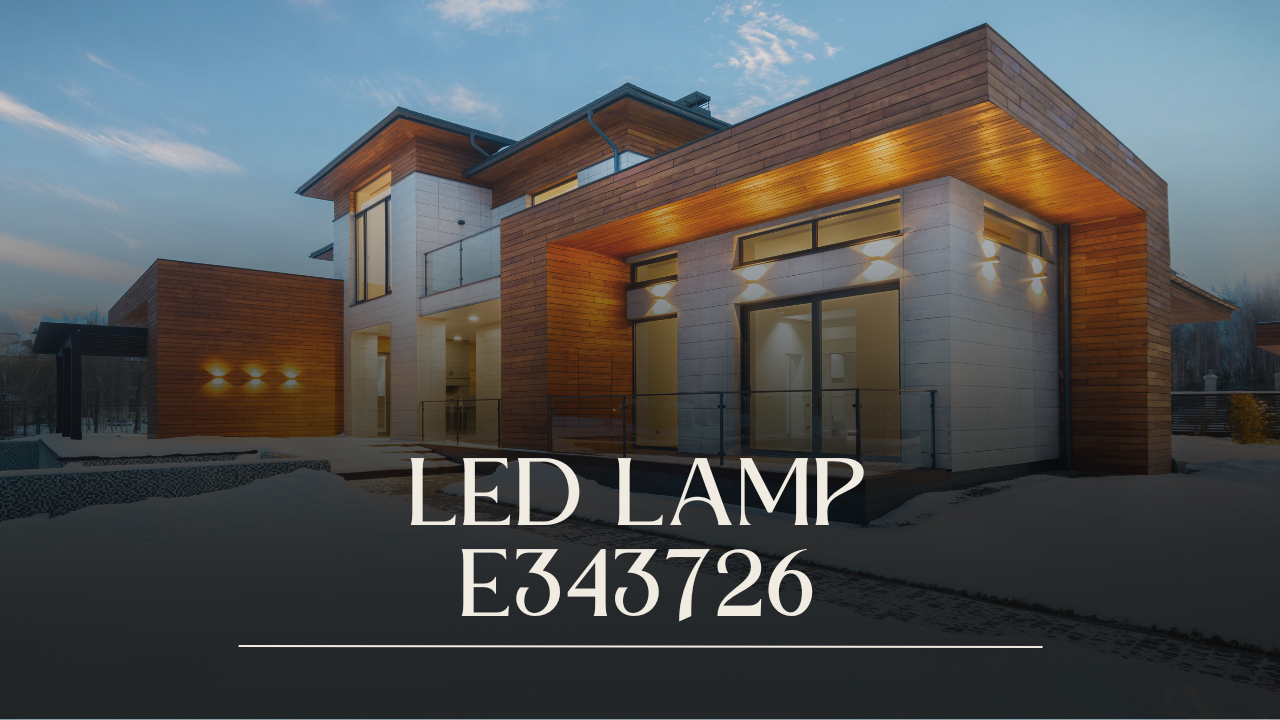Rock Houses: Where Architecture Meets Nature

Rock Houses: What Are They?
Rock Houses are one of the most fascinating and sustainable types of structure, where nature and construction coexist perfectly. These homes are either built into or out of natural rock formations, making it a unique living experience that connects inhabitants to the earth in ways that average east coast homes will never feel. Housing in Stone: From ancient cave dwellings to modern rock-driven homes, there is something appealing about living in stone, which has become a growing worldwide obsession thanks to its sustainability, aesthetic appeal and eco-friendly properties.
Be it on a cliffside or cut right out of a giant rock formation, these homes do not just provide a roof over one’s head, they also serve as a lifestyle that integrates with nature. So in this article, we’ll dive into the intriguing world of rock houses, from their historical significance to their recent revival, and showcase famous examples along with the many advantages of living in a house carved from stone.
Rock Houses: The History Behind These Quirky Abodes
Rock houses have a long history, stretching back thousands of years. Thousands of years ago, ancient civilizations carved out homes along the side of cliffs or deep in caves to shield themselves from the elements and their enemies. The large, well known one is the cave dwellings of Cappadocia in Turkey, where entire cities were cut into soft volcanic rock. The early rock homes had functional uses, they provided warmth and protection and were often close to natural resources.
The tradition of rock house living continues to this day with many modern architects drawing from these designs of yore. Contemporary design houses are extremely stylish, functional into the way of construction.
Exotic Houses Built into the Rock
The “House Inside a Rock,” Setenil de las Bodegas, Spain
Near the village of Setenil de las Bodegas in southern Spain, you’ll find perhaps the most famous example of rock houses: homes carved directly into the side of towering rocks. Many of the homes share root on natural rock and incorporate natural rock into their unique architecture. The most impressive of these must be a house buried inside the rock — an actual integration of the space with the nature.
Set beneath a massive rock overhang, this home demonstrates the extent to which the natural world can become part of the living environment. Not only does the design maintain the original shape of the rock, it prevents inhabitants from the elements while creating a sense of harmony with the prompt.
The “Flintstones” Rock House
Unlike ancient rock houses, there are more modern adaptations of the prehistoric concept of rock living. In the US, to be more specific: the Flintstones House. While it may not be a real-life abode, it is heavily inspired by the cartoon “The Flintstones” as it utilizes stone and rock-inspired materials to elevate a home from a bygone-age era. In fact, in this home, there are large stone pillars, rounded formations, and exposed rock elements, making it a fun and quirky take on rock architecture.
The Historic Rock House, Springfield, Missouri
Another striking example comes from Springfield, Mo., where a mid-20th-century rock house was constructed by a local family. Built of locally sourced stone, the house underscores the utility of using natural resources for shelter. This is a stone that shows great insulating capacity, which confers a stable temperature throughout the year, with less need for heating and cooling devices on it.
#1 A Rock Home This house is a perfect example of how rock homes can be functional but also aesthetic, its architecture harmoniously blending into the natural landscape. That’s not a mere homestay, it’s proof that homeowners with proper vision can coexist with nature.
Rock house’s architectural features
Natural Materials
The use of natural stone as a building material or design element is one of the hallmarks of rock houses. Lately, individuals have been attracted to stone for its durability—people have been making their houses from it for ages, and its benefits are still appreciated. Be it a house made from stone blocks or an embedded rock formation in place of a structure, such materials are highly durable and low on maintenance.
Stone Up, Stone has several advantages:
Insulation: Stone retains temperature well — meaning homes are cooler in summer and warmer in winter.
Longevity: Rock structures can remain standing for hundreds of years, as seen in ancient rock dwellings that still stand today.
Aesthetic value: The color, natural beauty and texture of the stone gives every house a single look, making sure than no two stone homes is the same.
Climate Control and Energy Efficiency
Perhaps the number one benefit about rock houses is the fact they are energy efficient by nature. Stone also has excellent insulating properties and can lead to a more constant temperature inside during the year. This is to say that rock houses remain cool during the hot summer months, while retaining warmth during the chilly winter months, reducing the need for heating and cooling systems by a large margin.
The great rock house story in the News-Leader tells of a family living in Missouri with a rock house based on local stone that made the house energy efficient and eco-friendly as well. The insulating properties of the rock meant they didn’t need to increasingly depend on outside energy sources, which is not only environmentally friendly but also good for the homeowners’ utility bills.
Security and Privacy
Due to the solid nature of the materials used, stone homes provide an extra layer of safety. Rock houses have thick walls and natural fortifications, which make them extremely secure and capable of withstanding both weather attacks and marauding strangers. Moreover, rock houses also tend to have quite a high degree of privacy if built in an isolated site which gives it a retreat like quality.
Rock Houses: The Sustainable Building Concept
Green Design
More and more people are becoming interested in sustainable living and looking for alternatives to traditional houses. Rock houses are inherently eco-conscious, as they utilize materials that are already present in the area, and many require little energy to keep. These homes represent a perfect marriage of green architecture and sustainability, both of which have become extremely important to people throughout the modern world.
Furthermore, because they use natural stone and require little environmental impact during the construction phase, rock houses are also a more eco-friendly alternative to traditional building techniques. And thanks to the excellent climate control properties of stone, they require less energy from outside sources to maintain a comfortable indoor environment, allowing homeowners to live a more sustainable lifestyle.
The Durability Factor
Rock houses are also becoming more popular, in part because they are durable. Rock homes are virtually indestructible, unlike traditional wooden homes that can rot or get termites. Stone is able to endure extreme weather conditions, whether high winds or heavy snow, while maintaining its integrity. Thus, rock houses are a great long-term investment.
Building Brick-A-Roll-A-Rock House
There are some challenges of building rock houses, even though they have many benefits. One of the biggest barriers is cost and effort. Building a stone house takes expertise, with rock work not so common. Carving, shaping and fitting stone is a labor-intensive process that can come with a higher cost than more traditional building materials.
Also, the location and shape of the land may distract from the aesthetics. On steep cliffs or rocky hillsides, building a home will require further engineering to ensure the home is stable. Access to remote rocky areas can also be challenging, making material transportation at times difficult.
Where Do You Find Rock Houses?
Setenil de las Bodegas, Spain
Setenil de las Bodegas, in the province of Cádiz, is one of the most famous sites of rock houses. This Spanish village, located within the Andalusia region, is famous for homes carved right into the rock face. The houses in Setenil are frequently constructed beneath overhanging rocks, offering both natural shade and shelter from the weather. Local stone brings these houses into harmony with their surroundings.
Cappadocia, Turkey
One of the most famous rock dwellings in the world are found in Cappadocia, Turkey. The area is famous for its “fairy chimneys,” — tall, thin spires of rock formed by volcanic eruptions and erosion. Many of these formations have been carved out and turned into homes, churches, and monasteries. Cappadocia’s rock houses are not only liveable but pioneers of a mystical quality, drawing millions of visitors from all over the world.
Southwestern United States
Rock houses and rock shelters can be found throughout the Southwest United States, especially regions of Arizona and New Mexico. These houses often mix traditional architecture of the area with contemporary techniques to create architectural wonders that fit seamlessly into the desert landscape.
Conclusion
As a growing number of people search for ways to live more sustainably, rock houses present an appealing solution. They might be energy efficient, rugged and beautiful, but they are deeply rooted in the natural world. Whether the stately rusticity of time-honored rock dwellings appeals to you, or the more contemporary ingenuity of rock-inspired buildings and structures, rock houses undeniably are a growing trend in sustainable living of the future.
As natural and sustainable, energy-efficient, and design principles come to take precedence in the modern world, rock houses, which utilize natural building material, provide a way forward when it comes to modern living. Rock houses are now here to stay and will become the homes of the future as the evolution of architecture continues.





